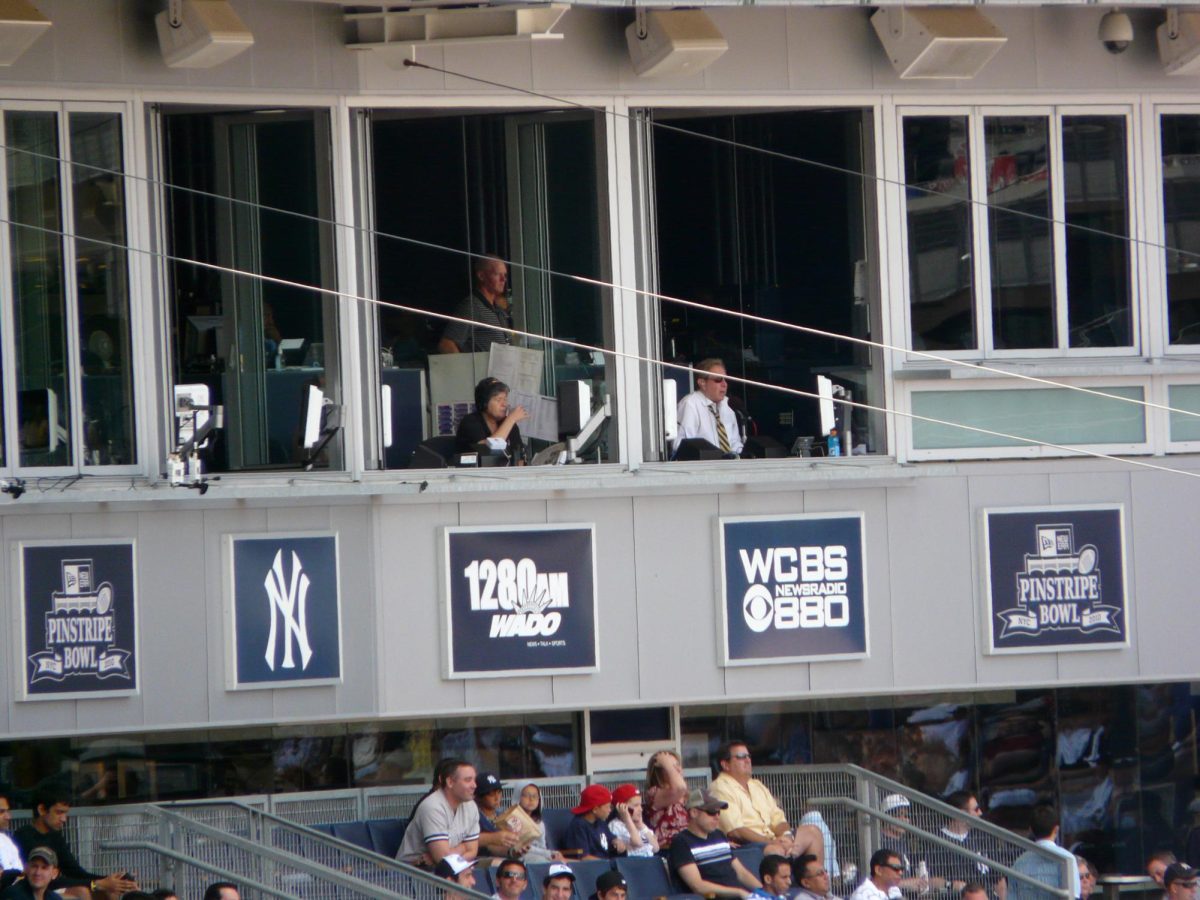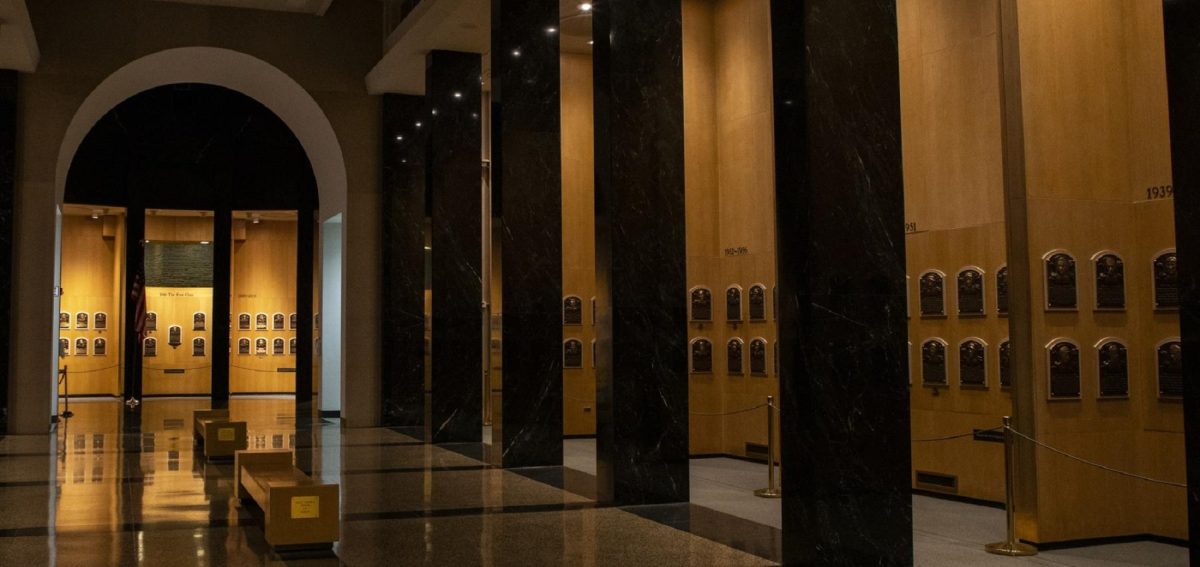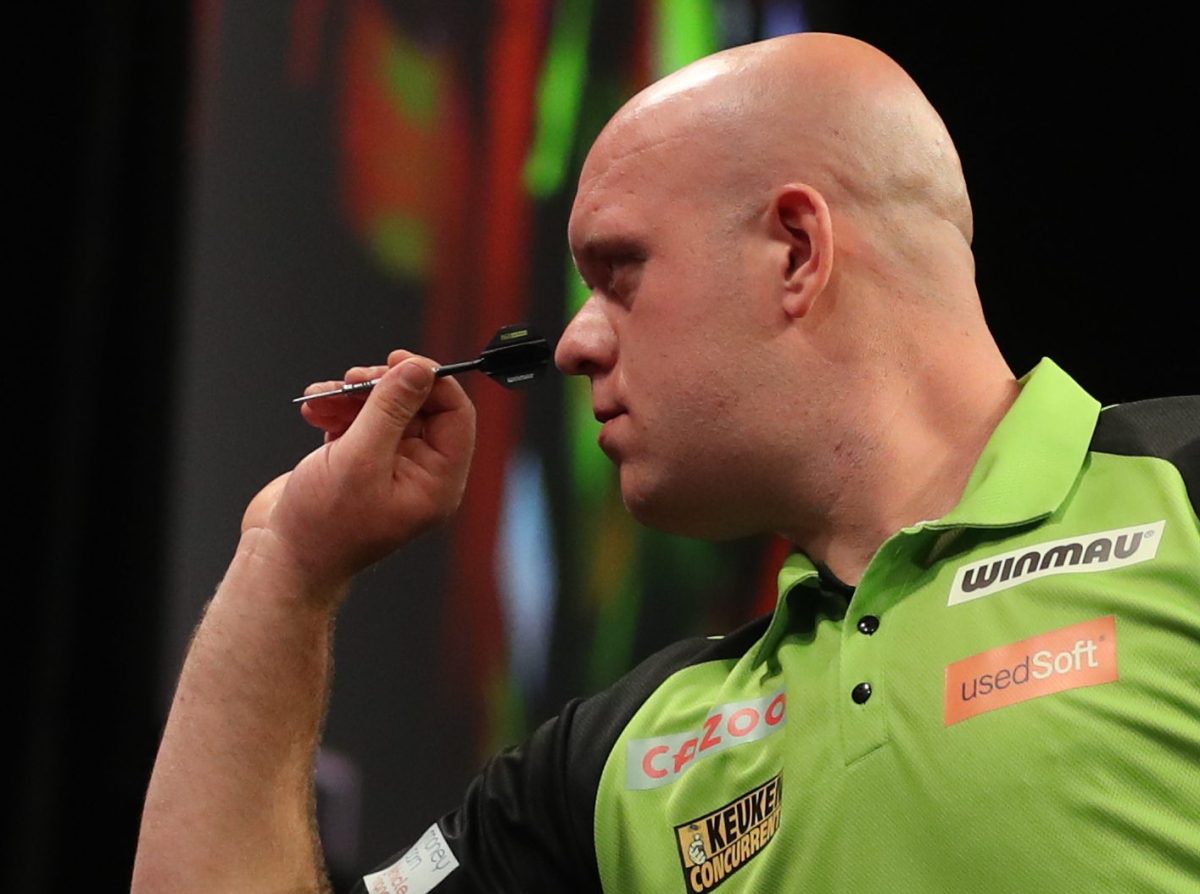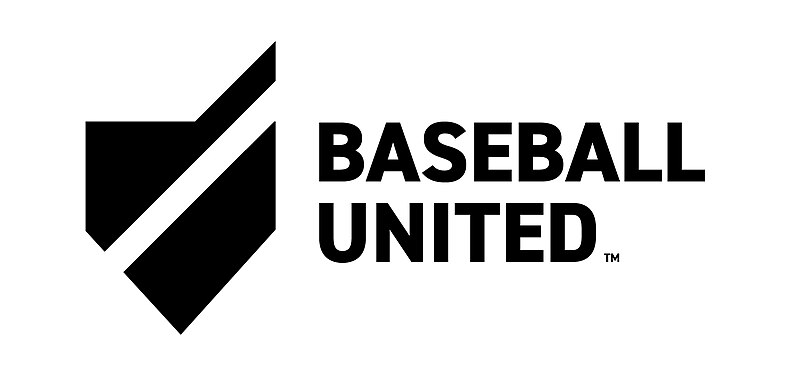It is the top of the ninth inning, and a packed Yankee Stadium casts its hopeful gaze toward centerfield. The home team is winning and only needs three more outs to secure the victory. Then, the first foreboding notes of Metallica’s “Enter Sandman” blare throughout the stadium, sending Yankee fans into a frenzy. As reliable as clockwork, Mariano Rivera jogs out from the bullpen to record three outs and a personal save.
Pitchers like Rivera and Oakland’s Dennis Eckersley before him popularized the position of “closer.” The closer is a team’s best relief pitcher and is almost always used in the final inning to finish off the opponent. Although Rivera developed a nearly mythic reputation from closing, MLB managers should not mindlessly confine great pitchers like him to the ninth inning.
What’s a relief pitcher’s job, anyway?
Most basically, of course, it is to record outs and avoid giving up runs. But more specifically, relief pitchers need to relieve. When starting pitchers — presumably the team’s best overall pitchers, since they pitch the most — leave the game, the team must somehow compensate, plug the hole left by the starter and survive until the end of the game.
Relief pitchers need to be as starter-like as possible in terms of effectiveness, especially in crucialituations, such as when the opponent puts the tying or go-ahead run in scoring position. But this begs the question: why is the ninth inning necessarily the most important situation a relief pitcher needs to face?
Simply put, it is not. In fact, important are barely related to the time of the game in which they occur. It is easy, slippery thinking to assert that the ninth inning is “the big inning” because that’s when the opponent has its last chance; fans perk up from their food comas, batters lock in more than ever and anticipation builds.
The truth is that the game’s biggest moment is never scheduled.
What if a team leads by a run in the sixth inning? The starting pitcher tires, leaving the game and two men on base, and the opponent’s cleanup hitter is due next. It is incredibly likely that the game hinges on this at-bat, not the ones in the ninth inning. The best relief pitcher — the closer — should be used right now, even if it is the sixth inning, because this situation represents the biggest threat to the team’s slim lead.
Conventional wisdom cannot be this wrong, right?
Critics opposed to bringing in the so-called closer before the end of the game warn against the unspeakable horror of “wasting” the team’s best relief pitcher. They correctly assert that if the closer pitches in the sixth inning, he won’t be available for the ninth inning — you can’t have it all.
But the sixth inning may frequently end up more important than the ninth inning. Moreover, the inning does not determine the significance of the situation. For as many times as a game actually boils down to a nail-biting ninth inning, there will be an equal or greater amount of times when it does not.
Consider the following scenario: the team keeps its closer rested in the huge moment in the sixth inning. Another relief pitcher is called upon and does record the key out — keep in mind that when the scenario is iterated, this relief pitcher will be less reliable than the closer on average — but then the team stretches their lead to five over the next three frames. By the time the ninth inning comes around, the lead is so large the manager does not even bother putting in the closer. Having the closer sit idly in the bullpen is simply a waste.
So, what should the correct strategy be?
Clearly, managers hope their starting pitchers can stay in the game while pitching well as long as possible. After that, however, managers need to eschew roles and time-slots and simply manage in the moment. This analysis does not include the factors of injuries and season-management; 162 games makes for a long endeavor, and Wednesday night games in April may not call for wearing out the best relief pitcher’s arm.
Still, a manager should not hesitate to use the team’s best relief pitcher in what look to be turning points. Games are decided by a few monumental swings. Managers need to actively look for these moments to maximize their closers’ contributions toward victory, rather than wait around until the ninth inning.














